Abu Bekr es Siddik hailed from Timbuktu, Mali in West Africa. Like Ayuba Suleiman Diallo several decades earlier, he was highly educated and came from a prominent Muslim family. His mother was Nághódr and his father was a sheriff by the name of Kara Músá.
Also like Ayuba he would be captured by British and taken to the Americas.
CAPTURE
In 1807, at the age of 14, he was captured as a result of a war. The Sultan of Bondoukou and the Governor of Kolongzhwi—under the Sultan of Ghonah—were fighting in the area. Young Abu Bekr was in Ghonah visiting his father’s grave when the Ghonah forces were defeated and the town raided.
After being made to travel through the Ivory Coast and Ghana, he was eventually sold to the British. Finally, he was sent to Jamaica where he remained for almost three decades. His store shares a few similarities to Ayuba in that his intellect drew attention and as a result, he stood out from his fellow captives.
While a magistrate by the name of Dr. Madden wanted Abu Bekr es Siddik released, his owner Mr. Anderson refused. The young man was worth more to him under his eye than free because of his education.
FREEDOM
After almost 30 years in slavery, Abu Bekr es Siddik was released in 1834. As was the way of the time, he transported from Jamaica to London where he waited before heading home. While waiting, he wrote a brief narrative of his time in slavery. In his narrative, he doesn’t detail his life in Jamaica or his voyage during the Middle Passage but rather a short biography and what led to his enslavement in 1807.







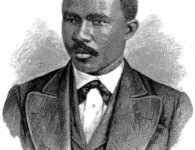
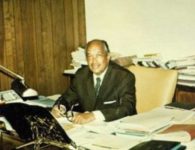
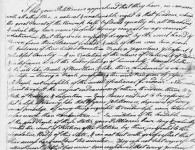

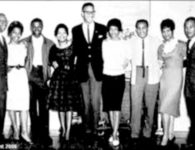
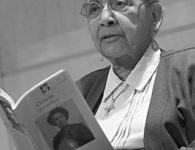

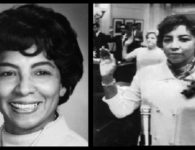
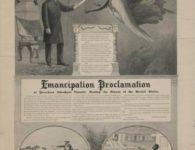
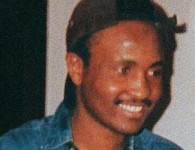

No comments